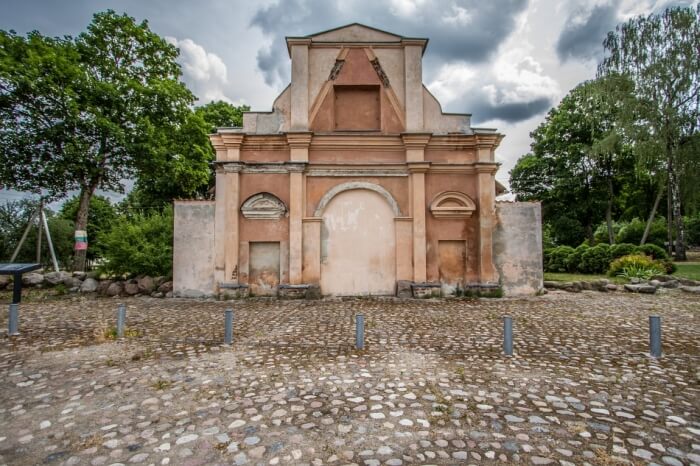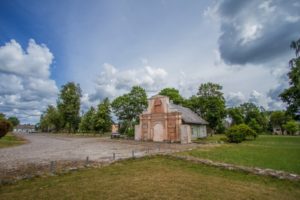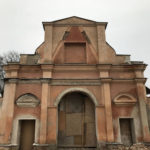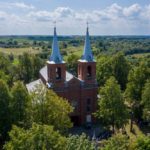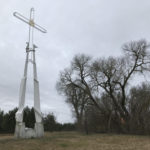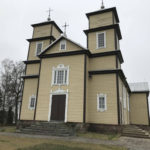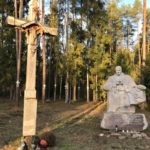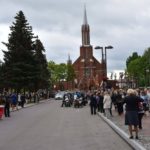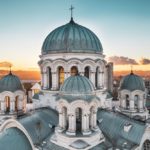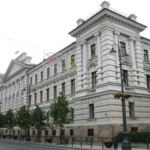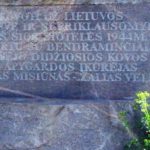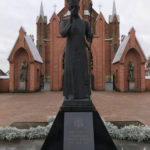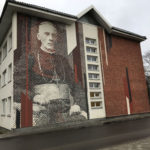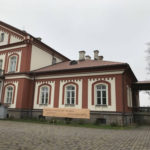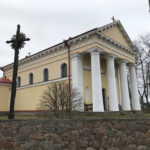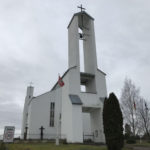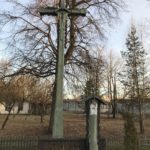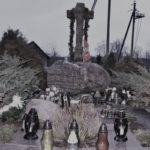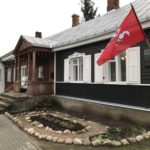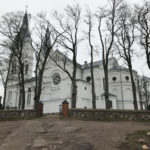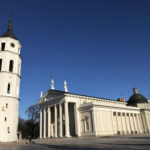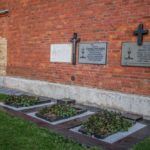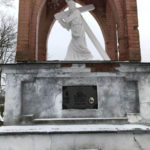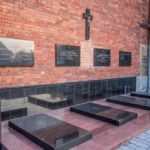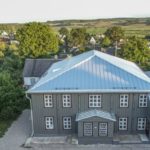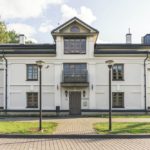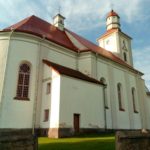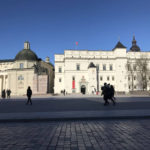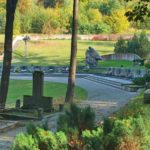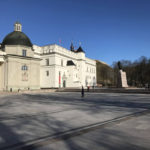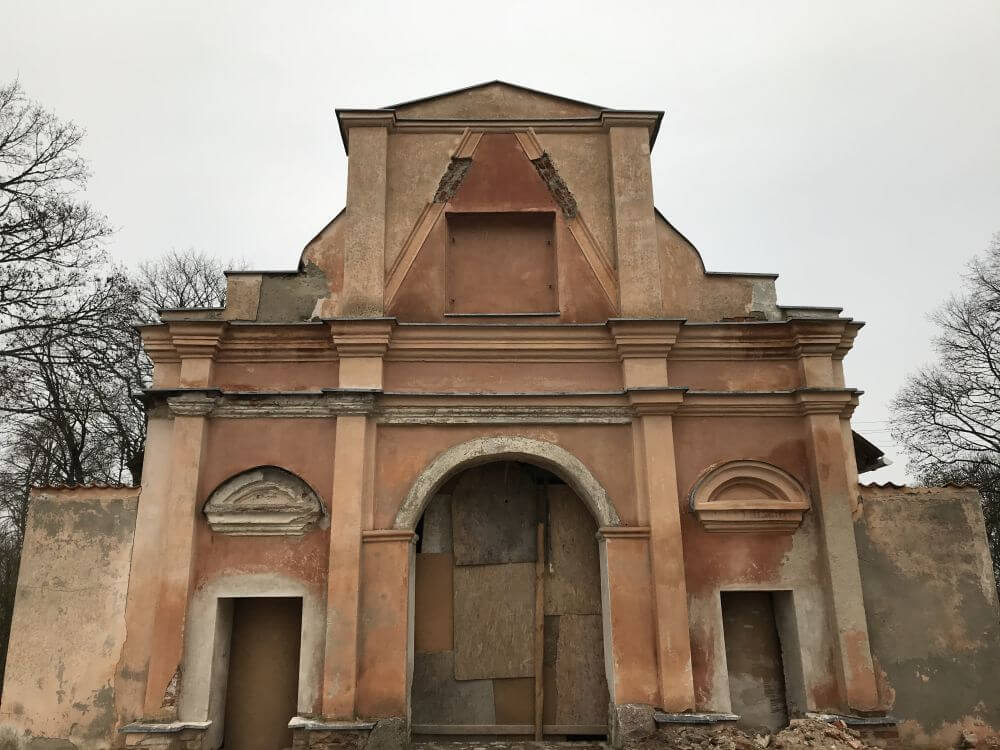
Former Dominican Monastery Gate and Cemetery Chapel
54.901491, 24.730291
Pictures
Description
The Paparčiai Dominican monastery was considered a spiritual and cultural Dominican center with the largest library in the country at that time. To this day, only the Baroque gate and the chapel have survived. The construction of the monastery began in 1650. Its founder was Stanislovas Beinart himself, the treasurer of the Grand Duchy of Lithuania. This monastery remembers the links with almost all the most influential families of the Grand Duchy of Lithuania. The monastery was enclosed, with a stone church, a chapel that survived up to our days, and a two-storey monastery building. Next to the monastery, there was a shpitol installed. A large, well-organized farm operated there: orangery, blacksmiths, carpenters, tailors, ice-makers, breweries. The monks sold wine, beer of their production.
Historic documents testify to the beauty of the monastery. The interior of the church is decorated with seven altars, a gorgeous pulpit, and a baptistery. The documents mention that the structure contained paintings by famous painters of that time. The floors were of marble slabs, the vaults of bricks, partially painted. The whole complex with outbuildings and gardens occupied more than 3500 sq.m. The high artistic level is also evidenced by the remains of murals in the chapel. Be sure to get inside. The Dominicans of Paparčiai had their own noviciate, and there was a parish school. The Paparčiai cemetery chapel was built in the 2nd half of the 18th century. Its interior is decorated with an illusory altar painted on the wall, which bore the title painting of St. Vincent Ferrari. The research performed in 1987 showed that painting by al secco technique of the 18th century covered the whole vault of the chapel with lunettes and walls. The territory of the former monastery, which existed until the events of the uprising in 1863, with the extant gate of the monastery ensemble and the chapel are the object of architectural and archaeological heritage. It was included in the Register of Cultural values in 1992. This chapel is the only surviving Dominican monastery to this day. The main facade is decorated with a painted shield with inscription. After 1945, the chapel was turned into a warehouse, where fertilizer, grain, flour were stored.
Map
Distance from your mobile device to the object:
